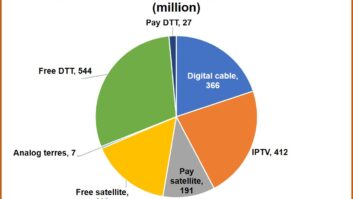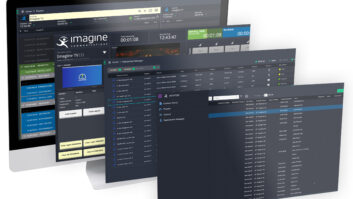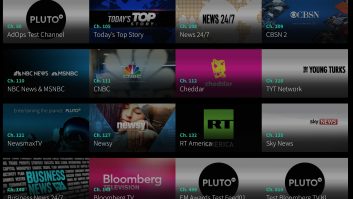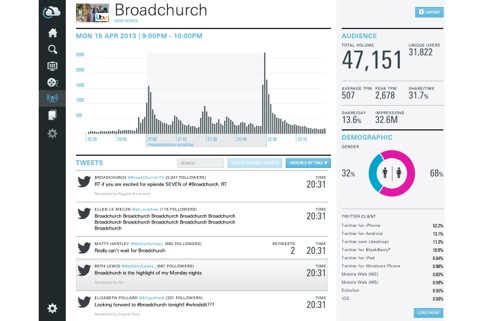
Social media provides a powerful platform for content creators and advertising agencies to get closer to their audiences, writes Keith Bedford, managing director at EBS
Social media has provided programme creators and advertisers with an efficient and productive tool that nurtures and grows conversations about their programmes. The constant chatter on Twitter and other social media networks about what’s on TV allows broadcasters to engage with their audiences, provides them with an additional data set to track viewers, and in some instances, has had a huge impact on social and economic issues.
Take Hugh’s Fish Fight as an example. In 2010, Hugh Fearnley-Whittingstall launched a campaign to highlight the large quantities (50 per cent) of edible fish that were caught in the North Sea and were then thrown back dead because of EU laws. The three-part TV series, Hugh’s Fish Fight, was aired on consecutive nights from Tuesday, 11 January 2011 as part of Channel 4’s “Big Fish Fight” season and carried the hashtag #fishfight. Following the show, 220,000 tweets and 225,000 emails were sent to MEPs; celebrities in Germany, France, Spain and Poland launched their own fish fights; and three years later, Europe’s politicians have voted to ban discards. This campaign stirred our social conscience into action and highlighted the combined might of social media networks and television.
This is backed up by a recent study by Twitter and Thinkbox that looks at the use of Twitter by audiences watching TV in the UK. ‘#TVTwitter: how advertisers get closer to conversation’ gives insight to advertisers who want to be part of the TV conversation on Twitter and will help brands understand the emotional drivers of this behaviour as well as the potential business benefits.
The research shows that 75 per cent of people believe hashtags are searched for on Twitter because they have been seen on TV. It identified two ways in which people use Twitter hashtags around TV content: ‘Punch lines’ where hashtags are used as a creative and funny way to sign off a tweet about a TV show; and ‘Sorting’ where hashtags are used to categorise conversations and as a way to find new content associated with the TV show. The report highlights that users search for a hashtag to learn more, so brands need to make sure they have additional content ready and waiting.
With all these conversations taking place 24/7, how do broadcasters and advertising agencies track what’s being said? In the UK, traditional viewing figures are compiled by the Broadcasting Audience Research Board (BARB), which commissions specialist research companies Ipsos MORI, Kantar Media and RSMB to collect data that represents the television viewing behaviour of the UK’s 26 million TV households. This is important information that provides viewing figures for each programme aired in the UK but it doesn’t tell the broadcaster or advertising agency how engaged the viewer is or how they interpret the show.
A platform developed by London and Bristol-based company Second Sync, recently acquired by Twitter, provides a solution. The platform analyses millions of social media conversations that take place every day around TV broadcasts to provide audience insights that can be used alongside traditional TV audience figures. This data brings clarity to what engagement means for programme makers, broadcasters and advertisers. Andy Littledale, managing director, Second Sync says, “The broadcast industry in the UK spends £2.5 billion on commissioning new TV shows every year and there’s £5 billion worth of ad slots sold. The price of those spots is historically determined by the number of people watching that TV show, so these stats are used to make big business decisions.”
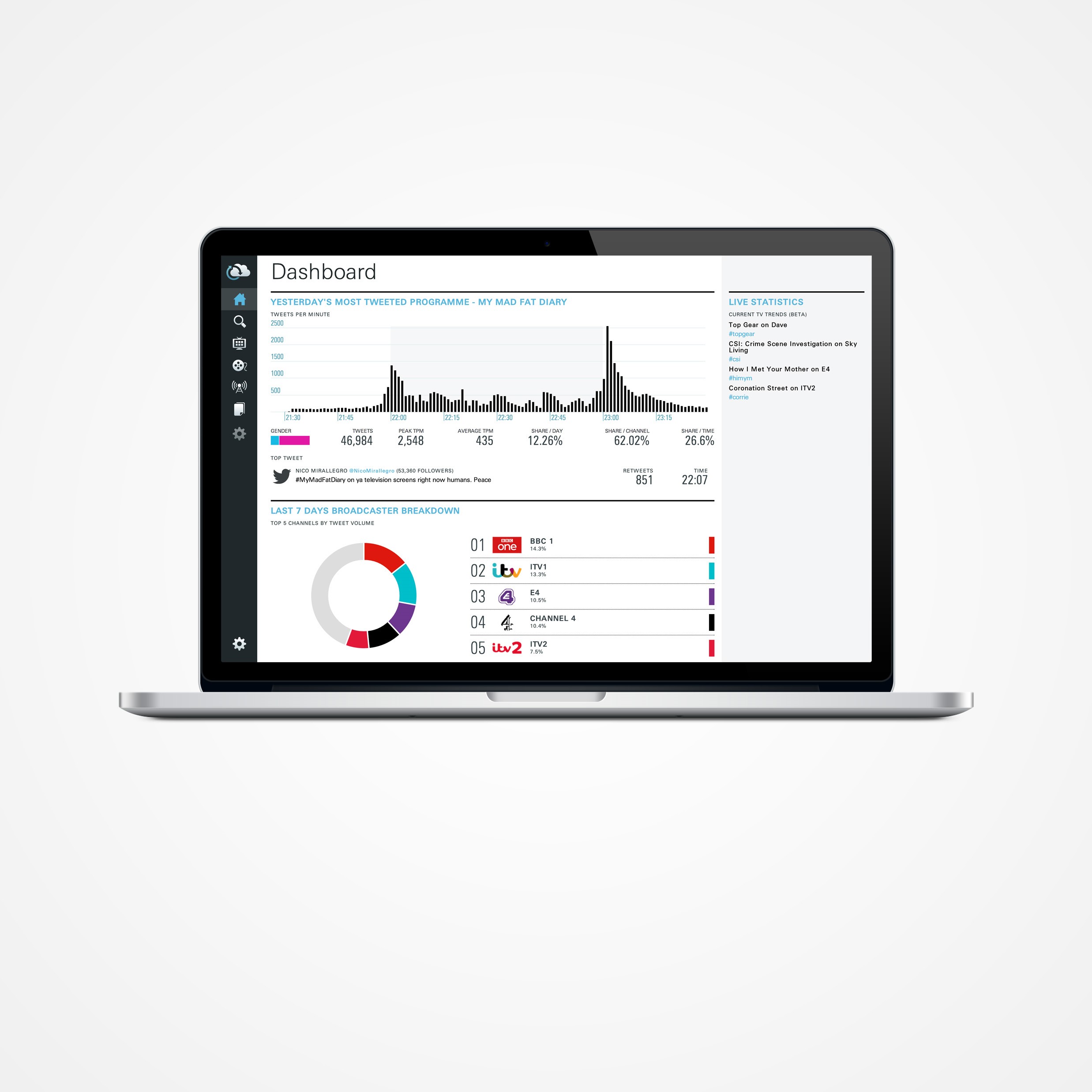
With the millions of tweets out there, how does Second Sync analyse the data? When using Twitter the company has a three-step process. First, it extracts key terms from TV listings, which are supplied by EBS. These are checked by Second Sync’s large editorial team who then run selected terms against the Twitter fire hose. The company monitors programmes from half an hour before they start until half an hour after they finish. Littledale says, “Some shows are very easy to track. Take Broadchurch for example; if someone mentions Broadchurch during the transmission you can be pretty sure that it’s relevant to the show. On the other end of the scale, however, there’s a film out now, which I always use as an example, that’s simply called Paul. For titles like this, we use additional indicators such as character names, actors, watching terms, and channel synonyms, and we have algorithms to weight the tweet in terms of relevance. Using this methodology, we pull in tweets live from the fire hose and then we check the data before it gets sent out each day to our clients. We check about 1,000 shows a day and pull in approximately one million tweets per day on average.”
Second Sync currently analyses the social media data for all programmes on 35 channels in the UK. Back in February, The Brits broke all records on Twitter with almost one million individuals taking to the network to discuss the live broadcast, and recently, the BBC’s Sport Relief 2014 programme generated 319,000 Tweets from over 190,000 individuals on the evening of the live show.
Social media provides a powerful platform for content creators and advertising agencies to get closer to their audiences who will continue conversations and, in some instances, change European law.
Keith Bedford is managing director at EBS, which collates listings for over 650 TV and radio stations in the UK and Ireland, and has a database spanning more than ten years. The database enables the company to offer TV listings to a comprehensive array of cross-platform services from data analysis, mobile apps to print-ready TV guides.




